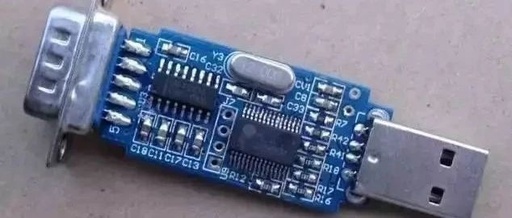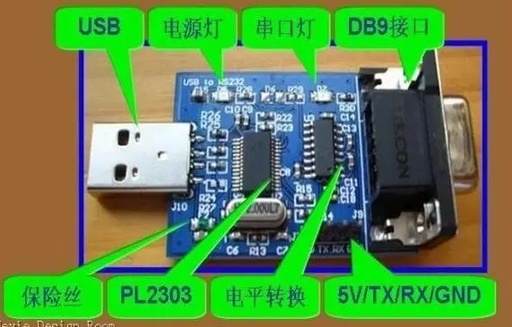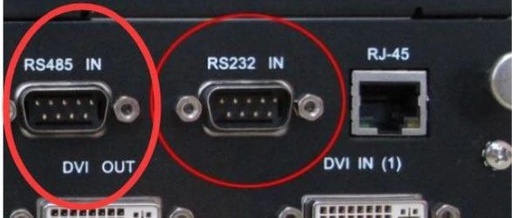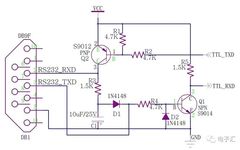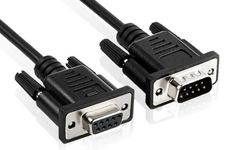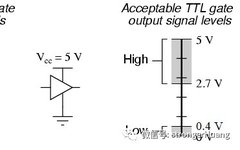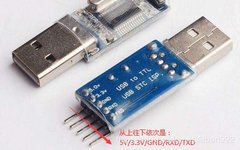A Detailed Explanation of the Differences Between Serial Ports, COM Ports, TTL, RS-232, and RS-485
1、Serial ports and COM ports refer to the physical interface form (hardware). TTL, RS-232, and RS-485 refer to the level standards (electrical signals). 2、When connecting devices, generally only GND, RX, and TX are connected. The Vcc or +3.3V power line is not connected to avoid conflicts with the power supply of the target device. 3、The … Read more
